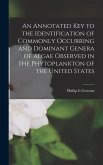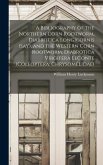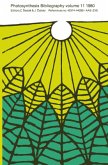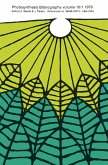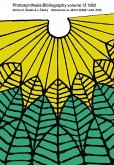Apomixis, the most important reproductive anomaly of higher plants, is asexual formation of embryos and seeds (agamospermia). This results in copies of the mother plant (clones). The two main deviations from the normal, sexual pathway are: (1) Bypassing meiosis to produce unreduced eggs. Using embryological-cytological methods, which were extremely laborious at the time, various mechanisms were gradually discovered for this; some preserve the alternation of generations (gametophytic apomixis), others do not (adventitious embryony, in which the alternation of generations is only evident in the formation of the endosperm). (2) Embryos from unreduced oocytes (or embryocytes) arise parthenogenetically, consequently contain only maternal chromosomes. Before the proof of parthenogenesis in higher plants was finally achieved (1898), research and arguments lasted for six decades. Finally, I discuss in more detail the fertilisation of unreduced oocytes and its evolutionary significance,the first genetic work on apomixis, and the convoluted, historically evolved glossary of apomictic processes, which I compare with today's simplified terminology.
Bitte wählen Sie Ihr Anliegen aus.
Rechnungen
Retourenschein anfordern
Bestellstatus
Storno


